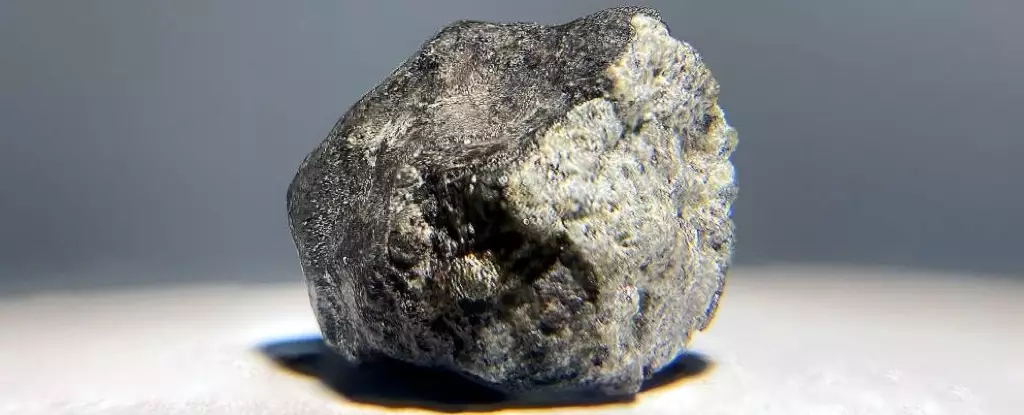Meteorites have long fascinated scientists and enthusiasts alike, serving as time capsules that carry tales from the early solar system. Although a small fraction of meteorites found on Earth had been linked to their parent bodies in space, recent comprehensive studies have significantly enhanced our understanding of where these celestial objects come from. Researchers from renowned institutions such as the French National Centre for Scientific Research, the European Southern Observatory, and Charles University have contributed to revolutionary findings that trace the origins of over 90 percent of the meteorites that fall to Earth today.
Understanding Chondrites: The Backbone of Meteorite Studies
Among meteorites, H (high iron) and L (low iron) chondrites are the most prevalent, representing roughly 70 percent of all meteorite specimens. These specific meteorites are named after the chondrules they contain—tiny round particles formed through the rapid cooling of molten rock. Analyzing these chondrites offers valuable insights into the conditions of the early solar system, showcasing the complex processes that govern planetary formation. Crucially, the studies revealed that these meteorites originate from three primary asteroid families: Massalia, Karin, and Koronis, all situated in the main asteroid belt that orbits between Mars and Jupiter.
Asteroid Families and Recent Collisions
Diving deeper into the research, it becomes evident that understanding the timing of significant collisions in these asteroid families sheds light on the meteorites that end up on Earth. For instance, Massalia’s last major collision is estimated to have occurred around 466 million years ago, followed by another event around 40 million years ago. Meanwhile, the Karin and Koronis families experienced impactful collisions around 5.8 and 7.6 million years ago, respectively. This points to a more dynamic history of asteroid interactions than previously thought, emphasizing that the meteorites we discover might not be ancient relics, but rather the detritus of relatively recent cosmic events.
The research teams provided compelling evidence to support their findings, utilizing data on cosmic-ray exposure ages and the distribution patterns of pre-atmospheric orbits of meteorites. All this evidence suggests a striking reality: the meteorites that bombard Earth today predominantly originate from a limited number of asteroid families, and the collisions that generated them took place much more recently than scientists once believed. This newfound understanding could reshape our perception of how frequently meteorite collisions occur and their direct connections to evolving asteroid families.
The Life Cycle of Asteroids: A Continuous Game of Cosmic Tag
Asteroid families are not static; they are subject to dynamic life cycles characterized by collisions and fragmentation. Such events result in smaller asteroid fragments becoming dislodged from their parent bodies, making them more susceptible to future collisions, and consequently, their eventual descent to Earth. This cycle demonstrates a complex web of interactions that has persisted for millions of years. The research highlights the importance of continuous observation of asteroid families, which is critical for piecing together the cosmic puzzle and understanding the mechanics of our solar system.
Beyond just accounting for the origins of known meteorites, this groundbreaking work opens new doors in the fields of astronomy and planetary science. The connections drawn between specific meteorites and their parents offer insights into the geological and environmental conditions of early solar system bodies. In addition, understanding the composition and life cycles of asteroids enriches our knowledge about the future trajectory of potential asteroid threats to Earth.
As researchers continue to unravel the intricate relationships between meteorites and their parent bodies, the quest for comprehensive understanding remains. The ambitious goal of accounting for every known type of meteorite can shed light on the evolution of not just our solar system, but also the possibilities lying within it. With mounting evidence and collaborative research efforts, scientists reaffirm their dedication to exploring the cosmic origins of meteorites, deepening our appreciation for these otherworldly travelers and their stories etched in space and time.


Leave a Reply